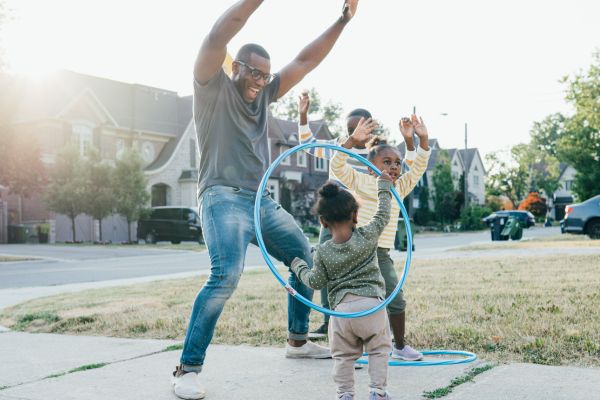Whether you’re a foster parent or an adoptive parent, you may encounter a child who’s gone through trauma. Trauma results from any situation where the well-being of a child or someone they loved was threatened. Many foster children have experienced either neglect or abuse or witnessed domestic violence. When traumatized children come into your home, you’ll need to develop your home into a place for them to grow and heal.
Create a safe place.
A foster child may be surrounded by a whirlwind of chaos, relational instability, and domestic uncertainty. You may be the only place of calm in the middle of their storm. While you may not know how long he or she will be in your care, you can make the most of the time you do have him or her there.
Seek to understand the child. Some children need to talk about their experiences. Others don’t want to. But you can let them know that it’s okay for them to talk about what’s happened in their lives and to talk about their feelings. A child may not know why they’re angry or sad, but you can encourage him or her to talk about it. Teach the child healthy ways of processing emotions.
As a foster care provider, you are the lifeboat. However, a child may not see or acknowledge that. Many times, children have learned not to trust adults. You’ll need to build trust with the child. This may take time and a lot of patience.
Build healthy relationships.
A foster child may have developed some antisocial or uncomfortable behaviors due to their traumatic experiences; however, don’t let that deter you from introducing healthy relationships with family and friends into their lives. You never know when a grandparent, a cousin, or a close friend has the capability to reach a part of their life that you’ve been unable to reach.
A foster child may need to be taught how to consider other people’s feelings and how to process their interactions with other people. Show a child what healthy relationships look like and talk to them about how to develop those for themselves.
Don’t be afraid to seek the help of professionals or support groups. These people are trained to coach troubled children and teens through their life events and emotions. And as the caregiver, you’ll probably need some support too.
Teach healthy behaviors.
A foster child may need to be taught practical skills like proper personal care, diet, and responsibility, or awareness of the destructive effects of things like drugs, alcohol, smoking, and promiscuity.
Praise good choices and behaviors. Require children to take responsibility for bad choices or behaviors. Set firm boundaries and stay consistent with your requirements. Many times, a foster child will test boundaries, but longs for them at the same time.
When traumatized children come into your home, they need a healing environment. How you create that environment depends on the child, because every child is different. Fortunately, it is possible for children to heal. As Josh Shipp, a former foster child, says, “Every kid is one caring adult away from being a success story.”
Author: Children First FFA
Published: June 14, 2016




